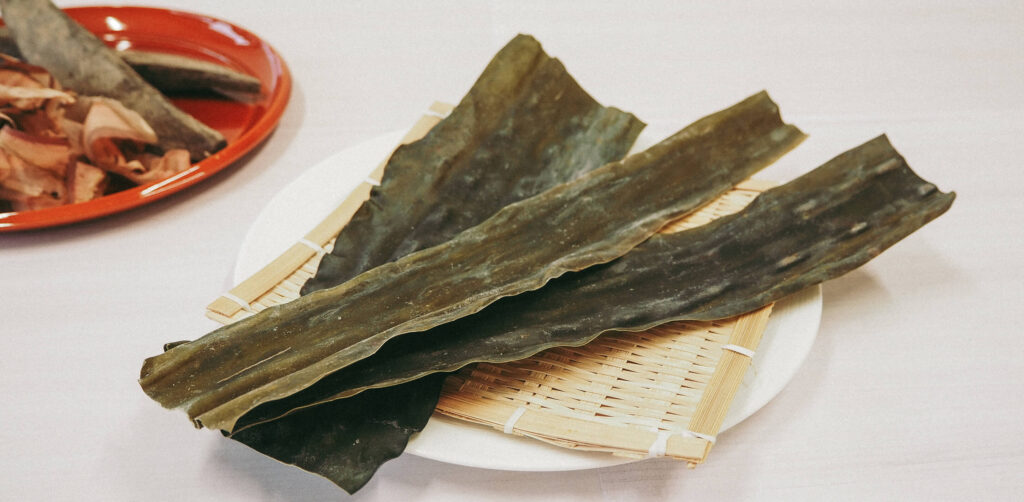Brewing Vinegar Begins with Brewing Sake
Just like the Japanese Kanji character for “vinegar” [酢], a combination of two different Kanjis for
“alcohol” [酒] and “make” [作], vinegar is produced by fermenting Sake (alcohol). We believe it is crucial that we take sake brewing seriously as it is what leads us to achieving the production of excellent vinegar.
That’s why there is “Brewing vinegar begins with brewing Sake” in UCHIBORI VINEGAR’s principle and
serves as the foundation of our vinegar production.
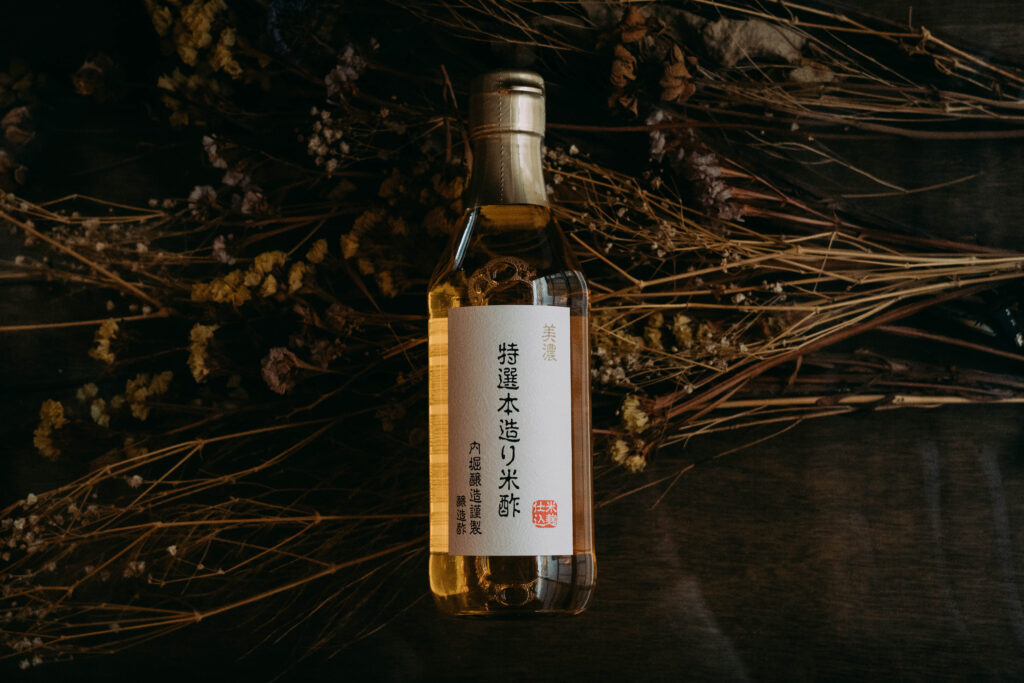
Vinegar has been flavoring the Japanese cuisine since ancient times.
Sake, a primary ingredient of rice vinegar, is made from three things. Rice, rice malt and pure water.
Rice malt, or Koji as we call it in Japan, is led by fermenting rice with Koji mold unique to Japan.
It is an indispensable ingredient for producing outstanding rice vinegar. The rich aroma and mild taste of rice vinegar is used to highlight the savory flavor of sushi and other delectable Japanese dishes.
Our unique vinegar products are nurtured and blessed with the rich Japanese food and fermentation culture, as well as Japan’s beautiful natural environment.

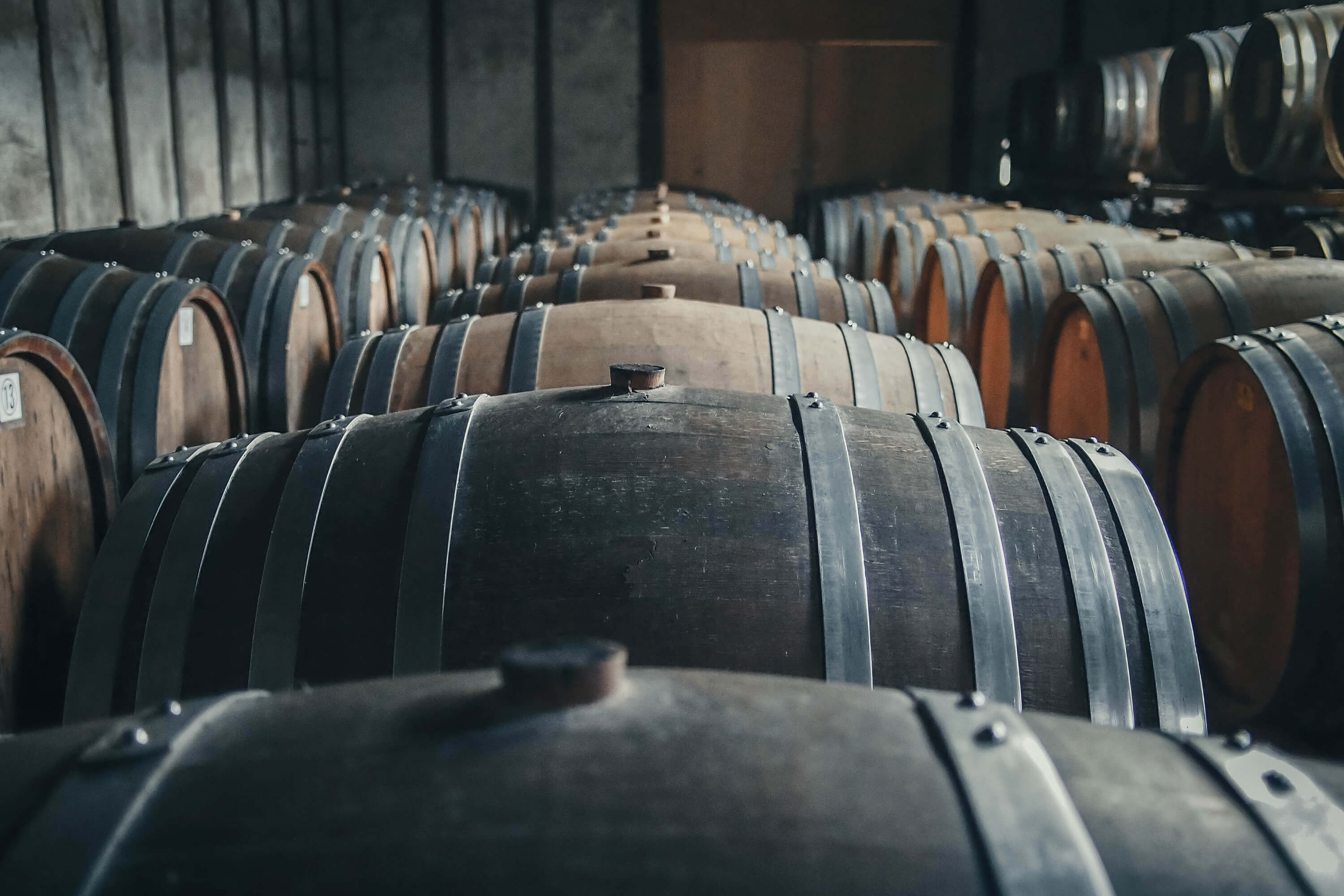
There are three basic steps in producing vinegar.
- Alcohol fermentation (process of brewing Sake)
- Acetic acid fermentation (process of brewing vinegar)
- Aging (for extra smoothness)
UCHIBORI VINEGAR carries out consistent quality control from raw materials to finished products.
The alcohol fermentation, acetic acid fermentation, and maturation processes are independent, and
the products are made under strict quality control.
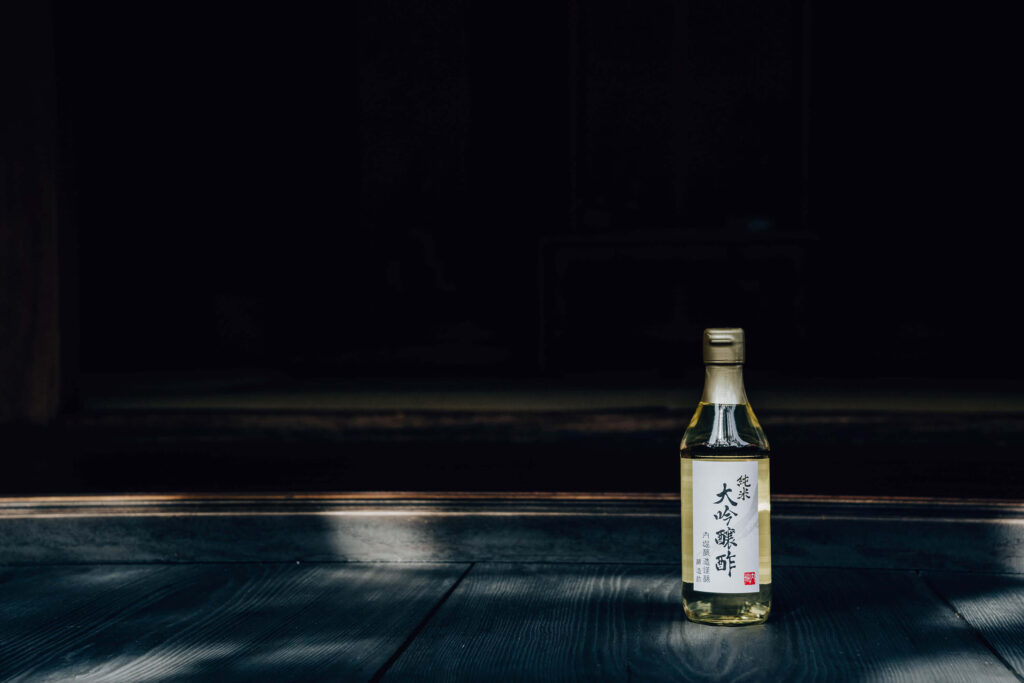
Given from nature
Water, air and microbes– they are indispensable for vinegar production, and they are what we subsist upon.
The taste of vinegar depend greatly on the quality of the water and the acetobacter, neither of which
can be chosen freely like selecting an ingredient or procedures as they are the products of nature.
Pure water, clean air and the acetobacter which inhabits such environment are irreplaceable materials for vinegar production. That is why we pay respect to the mountains of Kiso River for offering us pure water, clean air and the acetobacter nurtured by it.
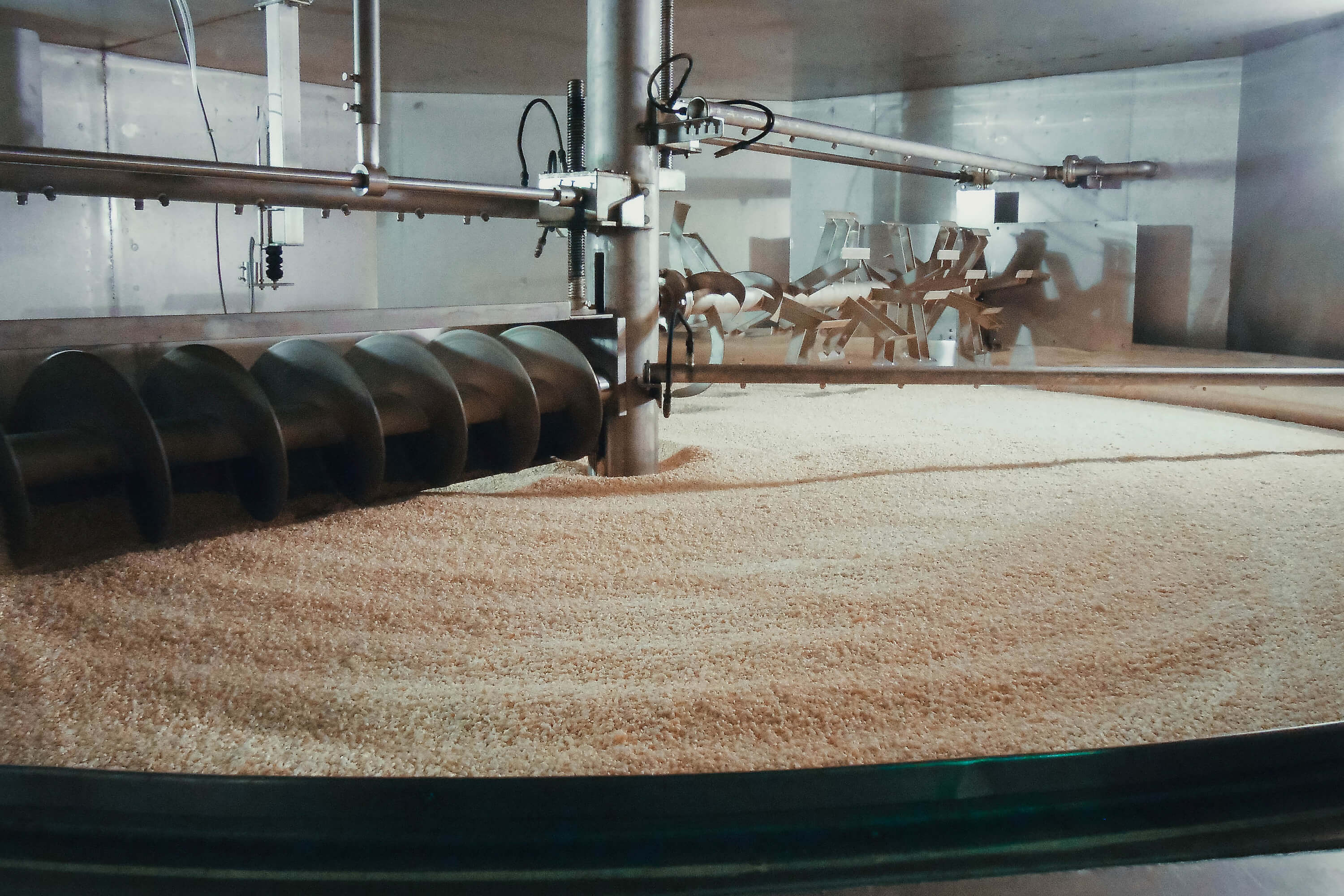
Alcohol fermentation (Sake Brewing)
Brewing Sake for vinegar is not about brewing flavorful beverage, it’s all about producing a material which can turn into excellent vinegar. Accumulation of small improvements or subtle findings is essential in all daily processes. Start with rice polishing, all processes are done in-house to produce high quality rice malt, and the traditional ways of multi-step preparation enables healthy fermentation.
Acetic Acid Fermentation (Vinegar Brewing)
The finished sake is then fermented with acetic acid. The main player in this process is the acetobacter existing in the air of our factory . We interact with them daily to create an optimized environment in which they can activate in the most comfortable manner. Such interaction is done through various forms of communication, such as temperature control, process control and microscopic observation. This is the secret to always delivering high quality vinegar to our customers with the consistent quality.
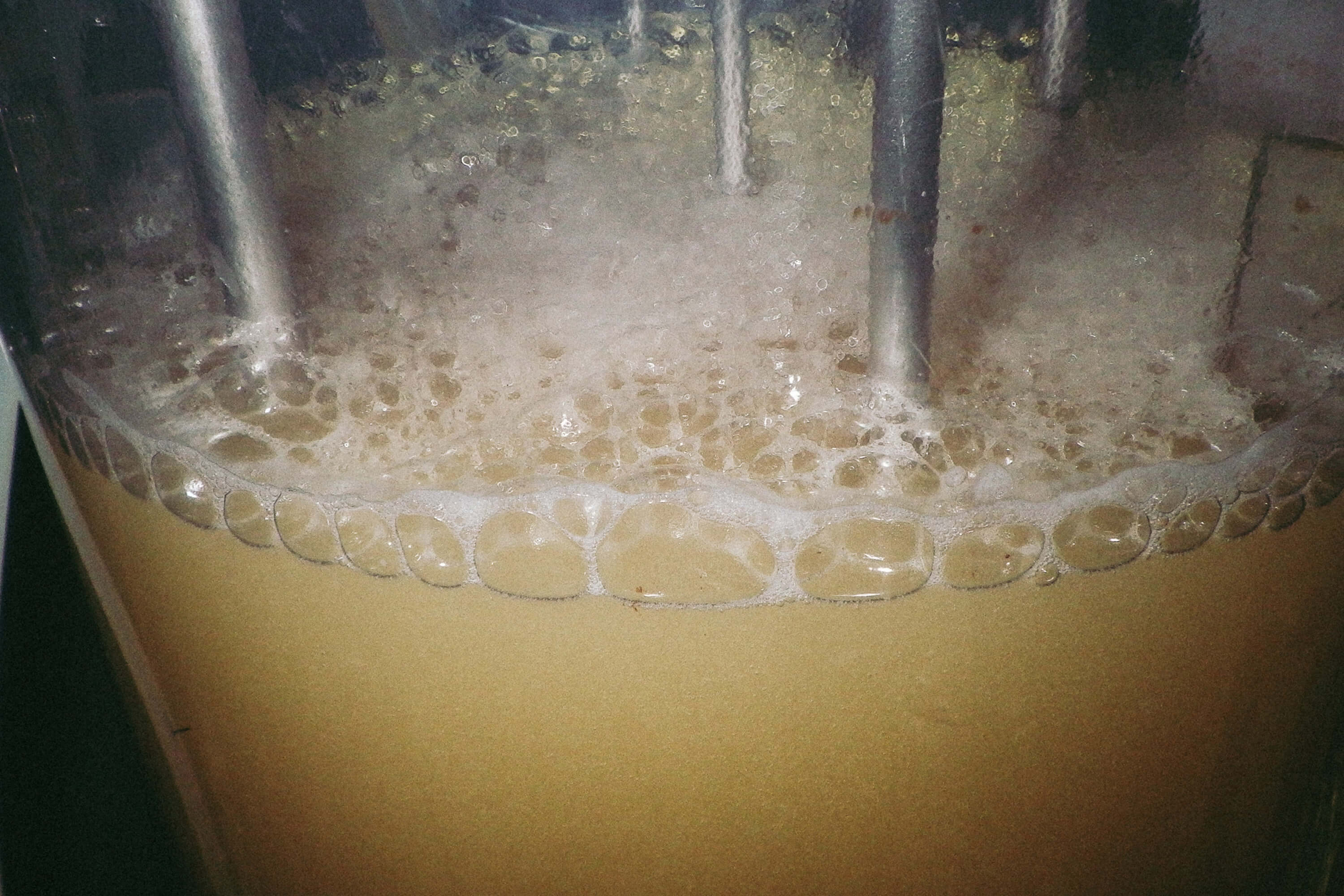
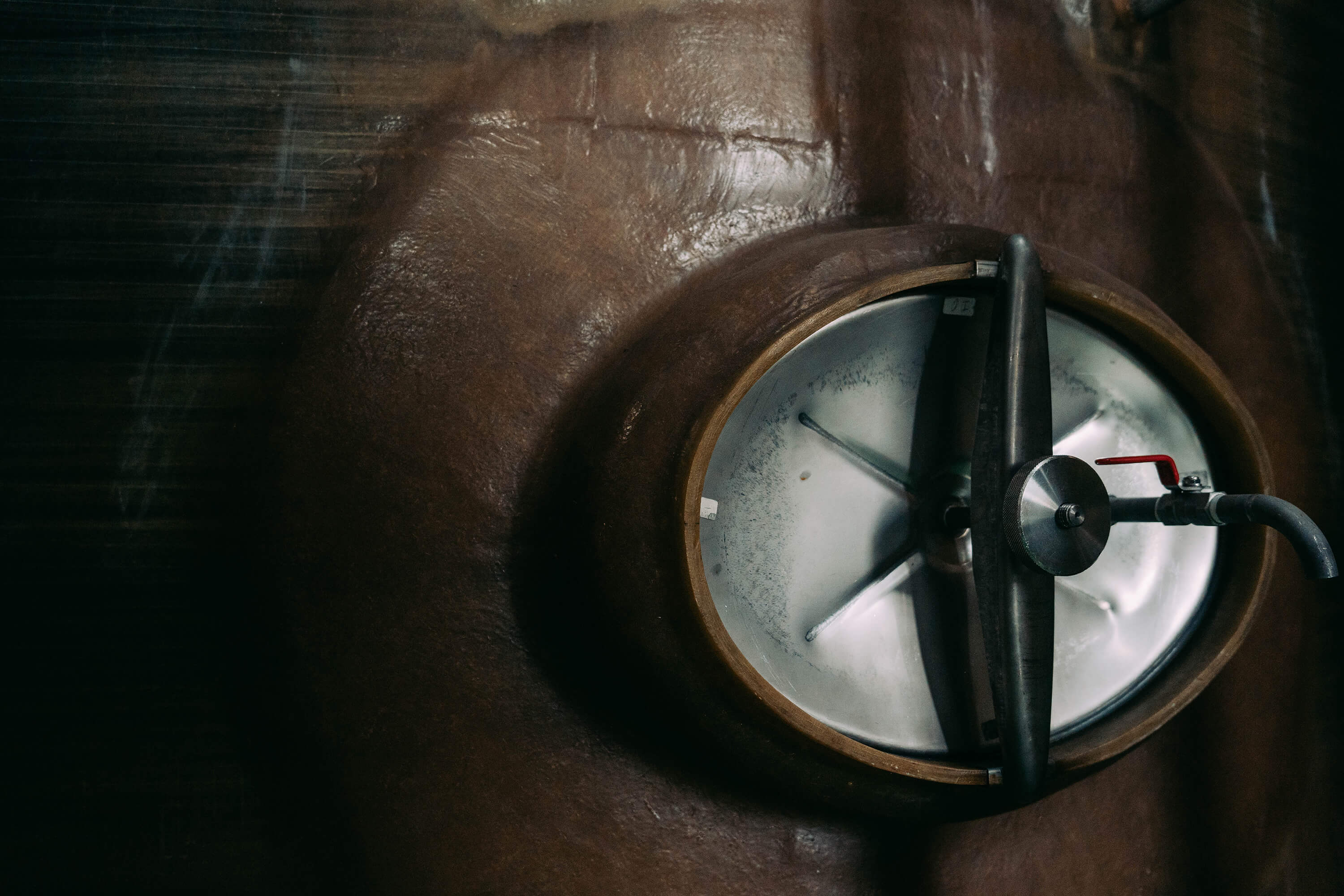
Aging process (Smoothness)
The resulting vinegar is then matured in a tank. The aging process gives the vinegar smooth taste with less acidity.
Integrated production system, starting from raw materials
As a manufacturer specializing in vinegar, we are also particular about the raw materials used to make
our products. For example, when we add Umami extract from kelp and bonito flake into our vinegar product, we purchase the finest kelp from Hokkaido and bonito flakes from Makurazaki to extract fresh broth in-house each time we need them. And better yet, we use only the first extract.
Our vinegar is not only safe and reliable, but we are also particular about the quality of all the ingredients involved in the process.
